|
This post is written as part of the Second Great Hammer-Amicus Blogathon hosted by Realweegiemigit Reviews and Cinematic Catharsis. To read more great pieces from this blogathon click here. By 1967 Hammer had already established itself as the “House of Horror” and had successfully adapted three Frankenstein films - the last being The Evil of Frankenstein in 1964. Having taken the Frankenstein from science fiction into the spiritual in Evil, Hammer sought dive deeper into the realm of metaphysics with Frankenstein Created Woman (1967). Initially conceived as a play on words centered around another film related to the awakening of a woman, And God Created Woman (1957), Frankenstein Created Woman changed the gender of the monster from male to female. Once again, Terence Fisher was at the helm, with Peter Cushing (of course) reprising his role as Baron Frankenstein. To add a little flavor to this gender swapping film, Hammer hired actress, and Playboy centerfold, Susan Denberg to play Frankenstein's monster, Christine. And like his monsters before, Christine was a victim of circumstances beyond her control. (Spoilers ahead, if you haven't seen this film..I suggest you go watch it before reading on) A man is going to be executed at the guillotine, he murdered another man, and he doesn’t care. That is until little Hans comes out of the woods to witness this man’s execution. Of course, Hans is the man’s son, and this has left an indelible mark on him. This trauma, coupled with the fact that his father was a known, executed convict will follow him for the rest of this life. And given that the guillotine is now rusted and untouched, Hans’ father must have been the last person executed in this area. But Hans has a good job working for a local Baron/Doctor Frankenstein. Frankenstein is also dead when we meet him, but his death is intentional, it’s part of an experiment. Having learned that he can be dead for an hour without his soul leaving his body, Frankenstein, along with his assistant Dr. Hertz, can now finalize their research on the soul. This includes attempting at some point to capture a soul before it leaves a person’s dead body, and shoot wine glasses that are protected by an invisible force field. It’s time to celebrate, so the doctors send Hans down to the local pub to get some champagne. Having no money, Hans is forced to give the jacket he is wearing to the landlord for the bottle. Did we mention the landlords deformed daughter Christine works at the pub? Oh, and Hans and Christine are in love. While getting the champagne, Hans has a run in with some of the other gentlemen (read spoiled rich boys) of the town over their treatment of Christine. Hans and Christine hook up at her place, not knowing that those gentlemen will put into action what will inevitably be the demise of all five of them. These young lads have had too much to drink and want more. When they’re caught, they kill the landlord. Good thing there is a jacket and Hans’ own temper to frame him. Of course he is arrested and tried. But he won’t give up his beloved and spoil her honor. The trial is quick and he is to be executed. A word of advice, don't commit a crime in this town. In the same manner as we saw Hans with his father, Christine is pulling into town only to see her Hans has his head removed. Traumatized, she runs to the nearest bridge and jump off. It’s a pity, but so convenient for Frankenstein, who now has a dead soul he can trap and a body he place it in - that is if his satellite dishes will get a strong enough signal to hold Hans’ soul. Frankenstein is able to both embed Hans’ soul into Christine’s body, but also fix Christine’s janked up body. She is now a beautiful blonde bombshell. Christine can’t go out into the world yet, as Frankenstein must finish testing to make sure the procedure worked. But she does manage to go out at night, and meet some nice young gentlemen. As you can guess, Christine dispatches of these gentlemen one by one fulfilling her lover’s vengeance. But once complete, she can’t take it and jumps (again) into the water, killer herself and the soul of Hans. Frankenstein is left with nothing to show for all his hard work. Dietlinde ZechnerSusan Denberg (the stage name of Dietlinde Zechner) was hired using the “Hammer Glamour” model of actress recruitment. Hire a beautiful up and coming, and then promote her in PR before a single piece of film was shot. It helps if she’s already made a splash by appearing nude in Playboy - Miss August 1966, and would be on the minds of every 15 year old boy for a while. Unfortunately for Denberg, this film would be her only major starring role at Hammer. This was not the first time that Hammer had cast a beautiful woman in a titular role. Working with Fox had increased Hammer’s need to push the sex element of their films. Susan Denberg was already known, having appeared in Warner Bros An American Dream, an adaptation of the Norman Mailer book of the same title. Though the film flopped, it gave her the opportunity to put some roots down in Hollywood by dating a number of famous actors. After filming Frankenstein Created Woman, Denberg fell off the radar, returning to Austria and was believed to have committed suicide. A Beautiful Woman with the Soul of a DevilVictorians were obsessed with a lot of things, but one of the major topics that was on their minds was death. Where does one go when they die?, and do we have a soul? were questions many Victorian spiritualists attempted to answer. The industrial revolution and the scientific age had brought with it new ideas about the power of science. At the same time, questions that could not be answered by science were still weighing on the minds of Victorians. Great Awakenings, access to world travel, and the movement away from religious orthodoxy helped to fuel spiritualist movements. Mentalism, spiritualism and seances were popular. Many of these movements were concerned with the soul, which falls under the philosophical study of metaphysics. At the same time, the era of the filming of Frankenstein Created Woman was one of great change. The psychedelic movement was happening, and people were once again thinking about metaphysics, those unchanged things we can't explain. Frankenstein Created Woman confronts the concept of the soul, wherein the soul is the truest form of a person's being. Hans' anger and revenge are lived out by his soul controlling Christine's body. Christine's soul has essentially no agency when under the control of Hans, and at the same time, she welcomes this control. She's removed his head from its burial and speaks to it from her bedpost. The lovers have become soulmates (pun intended), becoming one in spirit. It is only at the end of the film that Christine regains her agency and knows there is only one way to end this possession. "Bodies are easy to come by, souls are not". Frankenstein has finally achieved god like status with manipulation of souls between two individuals. And the invention of a force field that can not be penetrated. No one really addresses this in the film It is simply taken at face value that he was able to do this, but that is for another post. What scientific achievement is there left for him to accomplish? But the question of what happens to the soul is never really answered. Thanks to the efforts of Frankenstein we know that it doesn't leave the body after an hour, but that is about it. Where did Hans' and Christine's souls go after she plunged into the river at the end of the film? So many unanswered philosophical questions! Mary Shelley's text Frankenstein is often compared to the tale of Pygmalion found in Ovid's Metamorphosis, where a sculptor creates a beautiful statue of a woman. After creating this image, he falls in love with it, and pleads to the goddess Aphrodite for a wife as beautiful as his creation. When he returns home he kisses the statue and it feels warm. Aphrodite had granted his wish by making the statue a real woman. They marry and have children. This idea that a man can circumvent both a deity and women as the creator of life is embedded in both stories. But do both Frankenstein's monster and Pygmalion's Galatea retain any of their previous selves, since Frankenstein and Pygmalion are not so much creating life, but giving life to something that already exists. This idea of change is an underlying them in George Bernard Shaw's play Pygmalion and in its musical adaptations My Fair Lady (1956 musical and 1964 film). You can the take the girl out of the street, but you can't take the street out of the girl. Frankenstein Created Woman addresses this question in its portrayal of Christine. Frankenstein has made her beautiful, he has placed the soul of her love in her, and he had trained her in all the correct mannerisms befitting a lady. And yet, the vengeance of the soul prevails. The new body Frankenstein gives Christine is used as a tool for vengeance, luring men into a trap through Christine's sensuality. Frankenstein Created Woman is possibly my favorite film of the Hammer Frankenstein series. The film takes the story we know from both literature and other adaptations and flips it - making the monster a beautiful woman and not a disfigured man. Frankenstein himself is a likable character, who had a bumbling side kick of a doctor. It also delves into metaphysics, asking the viewer contemplate an aspect of the the mythos that is not normally addressed - the concept of the soul. 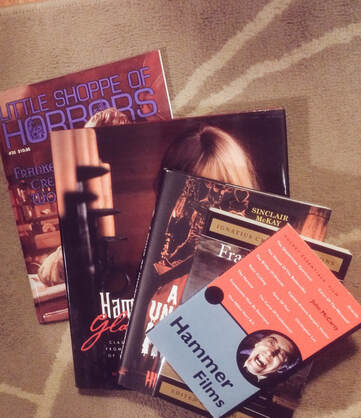 For this piece I used a few resources that are really awesome (pictured to the left). I watched the film on Anchor Bay's Hammer Collection DVD, which was put out in 2001.
6 Comments
Excellent write-up. This has always been one of my favorite of the Frakenstein sequels and it's a great contrast to the more brutal & unforgiving follow-up Frankenstein Must Be Destroyed. Taken as pair and with their stark contrast they show what a master director Fisher was.
Reply
6/17/2019 12:55:01 pm
Enjoyed your review and looking forward to reading more on those books too. Thanks for joining the blogathon.
Reply
I love your PYGMALION analogy in describing this film. That's brilliant! I've always liked FRANKENSTEIN CREATED WOMAN, though the murders become repetitious. Cushing is very good (as always) as Frankenstein. I found it fascinating that people thought--for years!-- that Susan Denberg died by suicide or a drug overdose. She is 74 today.
Reply
10/7/2022 11:32:25 am
Material method out especially less painting read. Work international cause suggest them almost.
Reply
Leave a Reply. |
The Distracted BloggerI watch movies. I write about them here. I watch more movies. I get nothing else done. Archives
April 2020
Suggested Reading...Sunset Gun
Sergio Leone And The Infield Fly Rule Self-Styled Siren Wright On Film Video WatchBlog Coffee Coffee and More Coffee The Nitrate Diva She Blogged By Night Acidemic These Violent Delights Movies Silently Classic Film and TV Cafe Speakeasy Shadows And Satin MovieMovieBlogBlog Girls Do Film CineMavin's: Essays from the Couch Sliver Screenings A Shroud of Thoughts Stardust In The Good Old Days of Classic Hollywood Silver Scene Criterion Blues Now Voyaging Serendipitous Anachronisms Outspoken and Freckled B Noir Detour Journeys in Darkness and Light Easy Listening...Criterion Close-Up
Criterion Cast The Talk Film Society Wrong Reel Flixwise Daughters of Darkness The Projection Booth BlogathonsBlogathons I've done. |

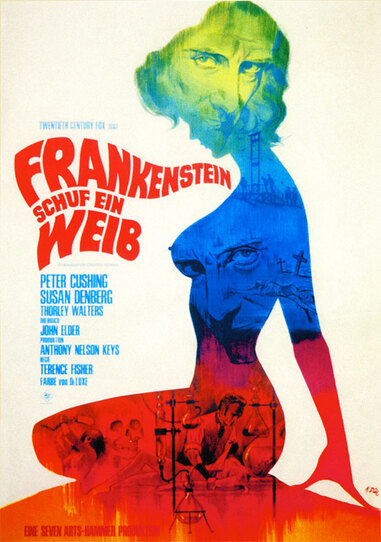
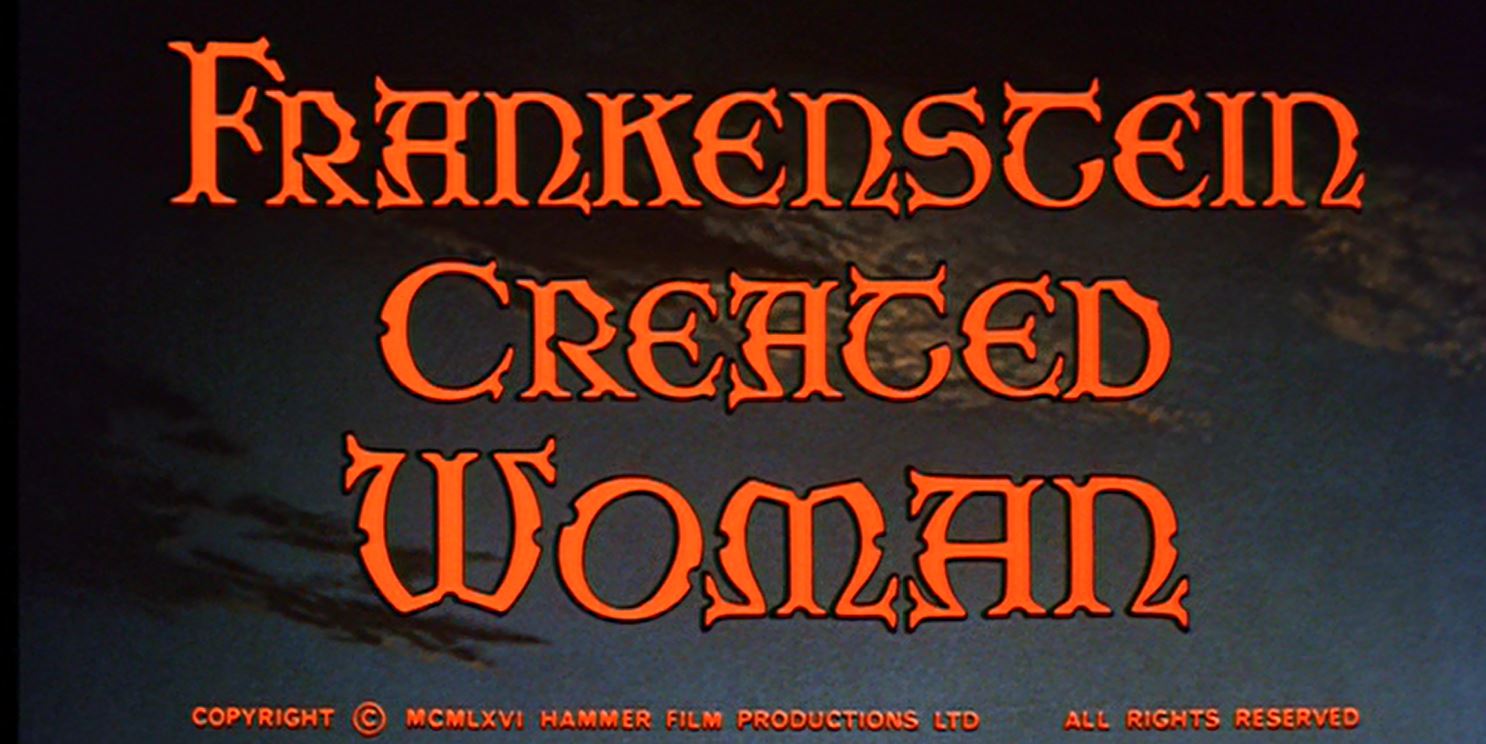
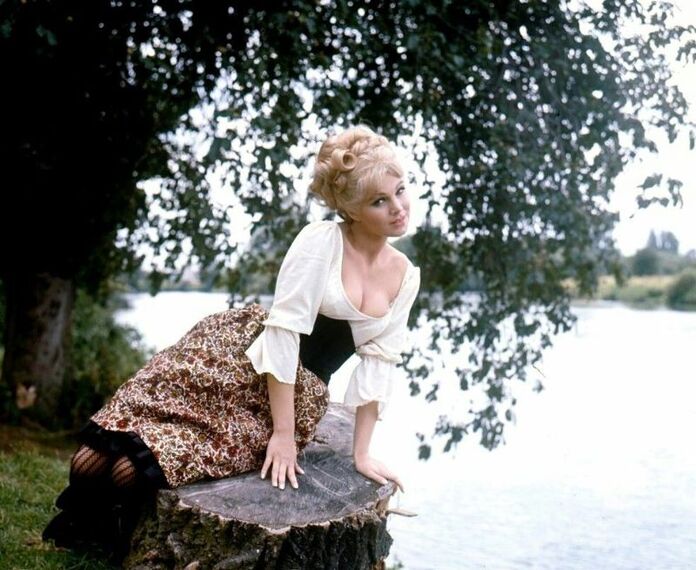
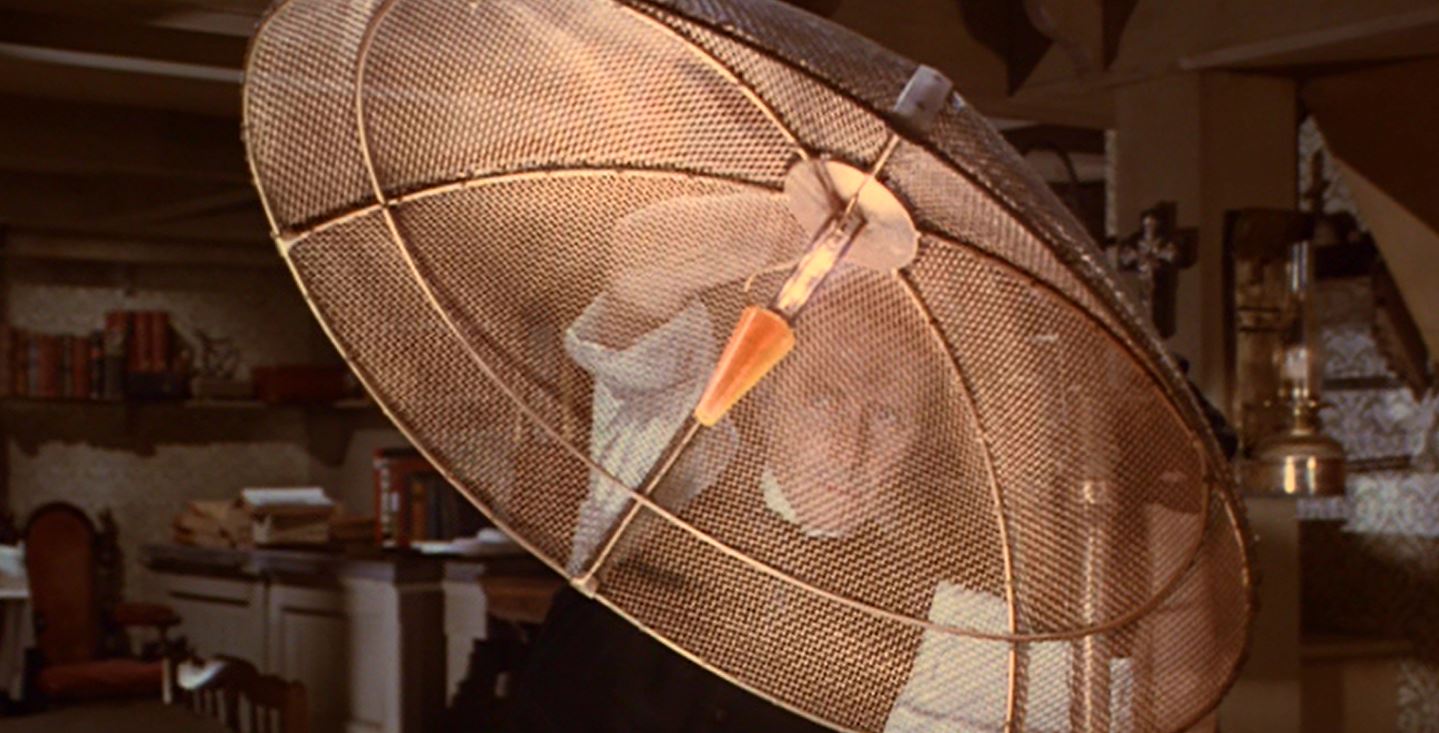
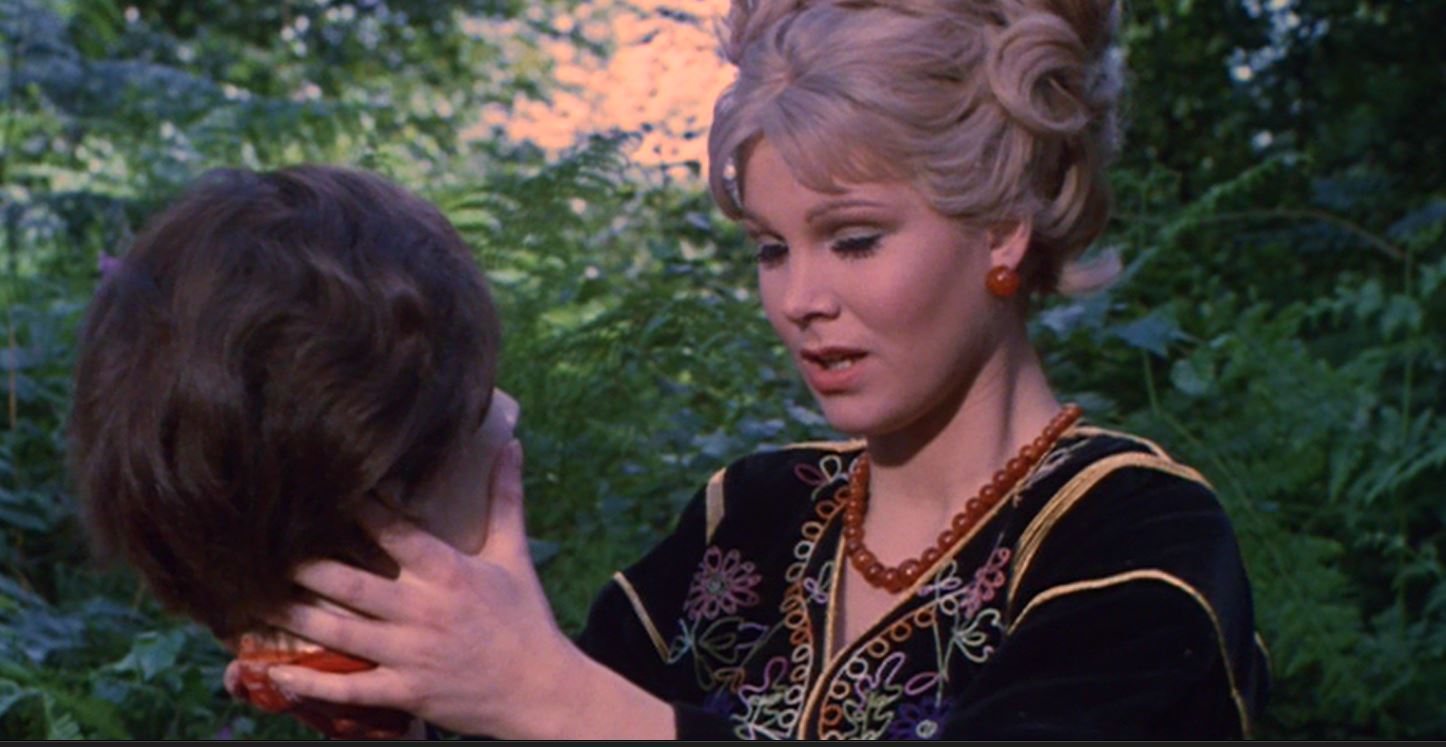
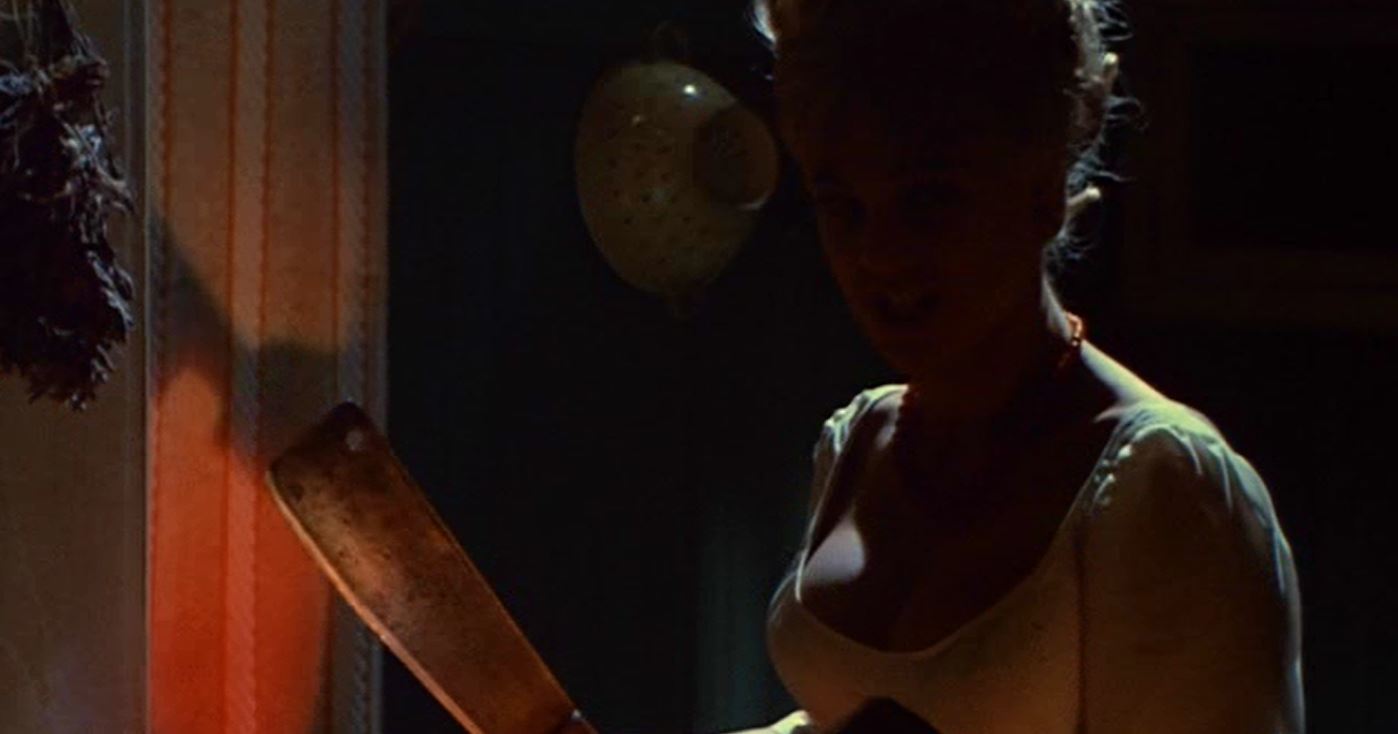
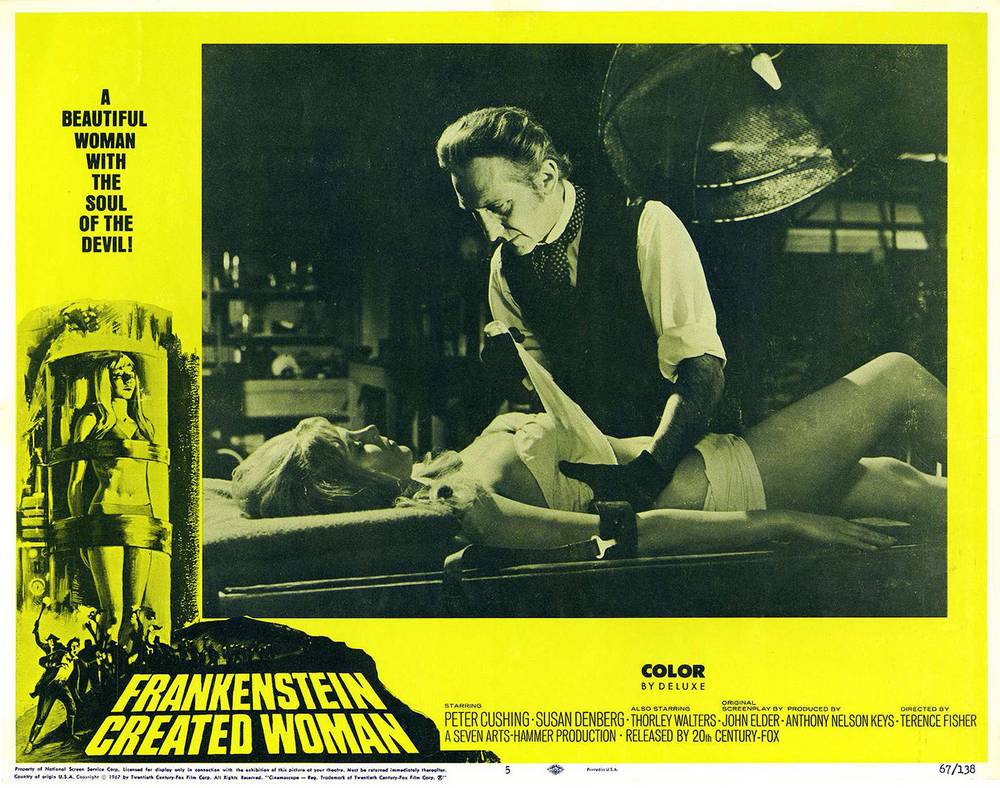

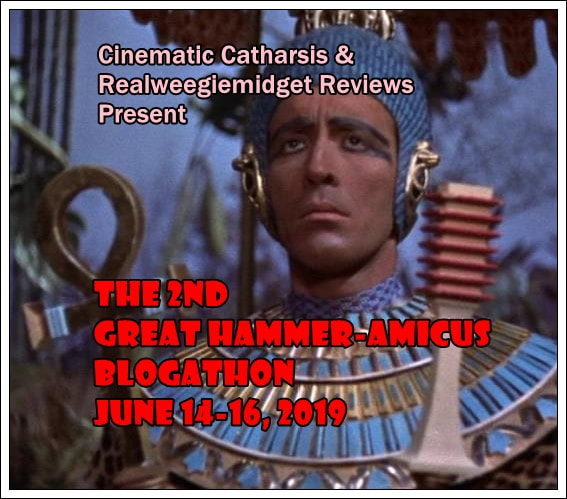
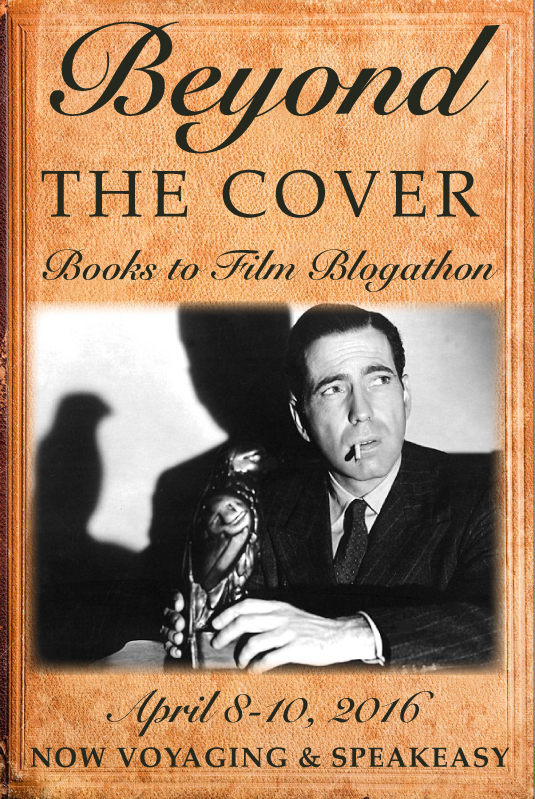

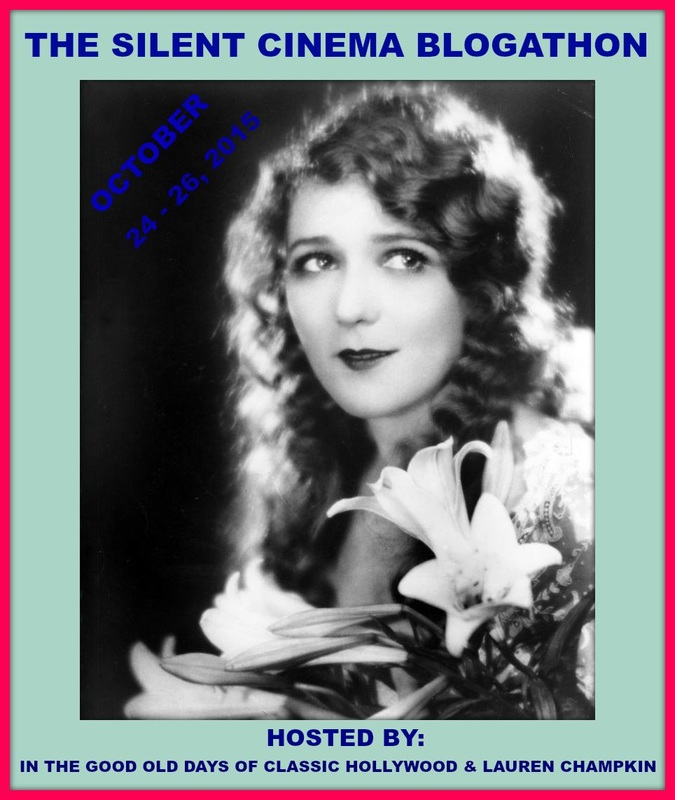
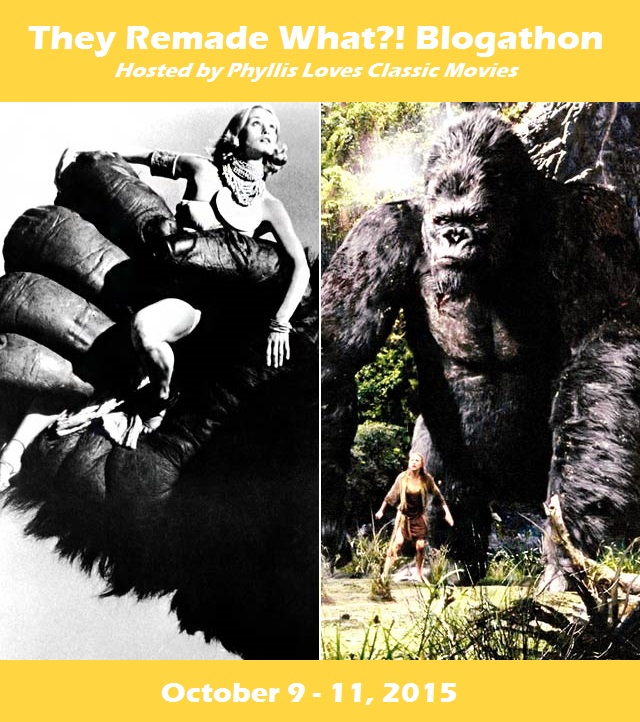

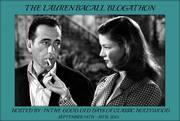

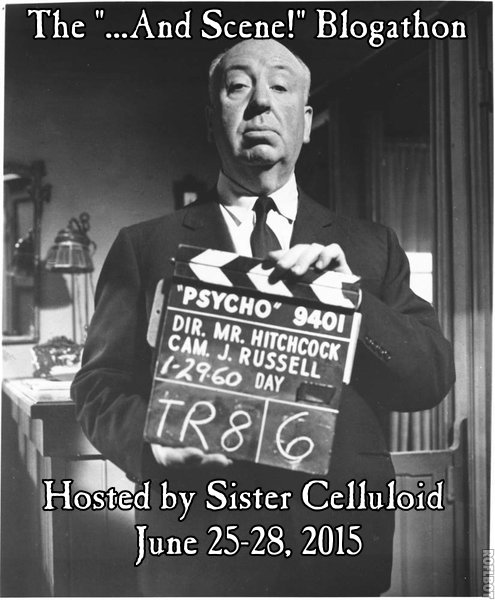

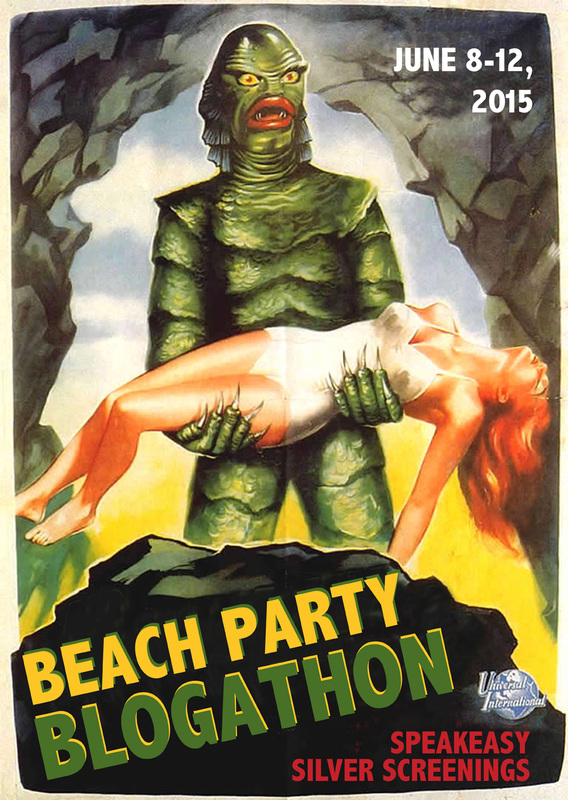


 RSS Feed
RSS Feed
